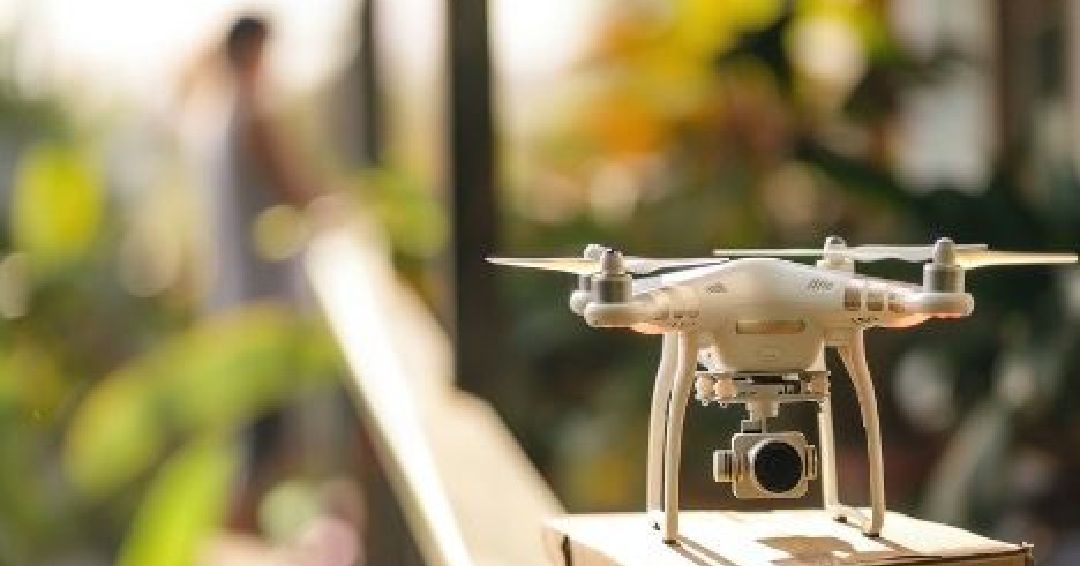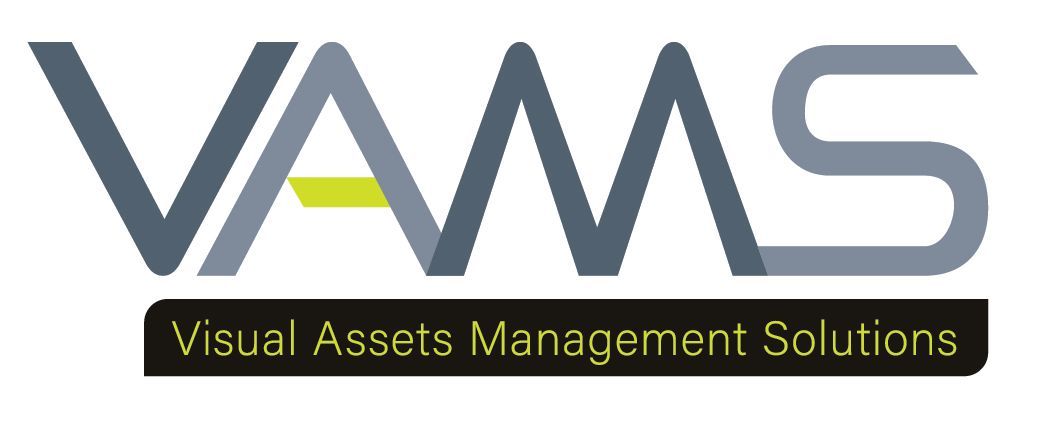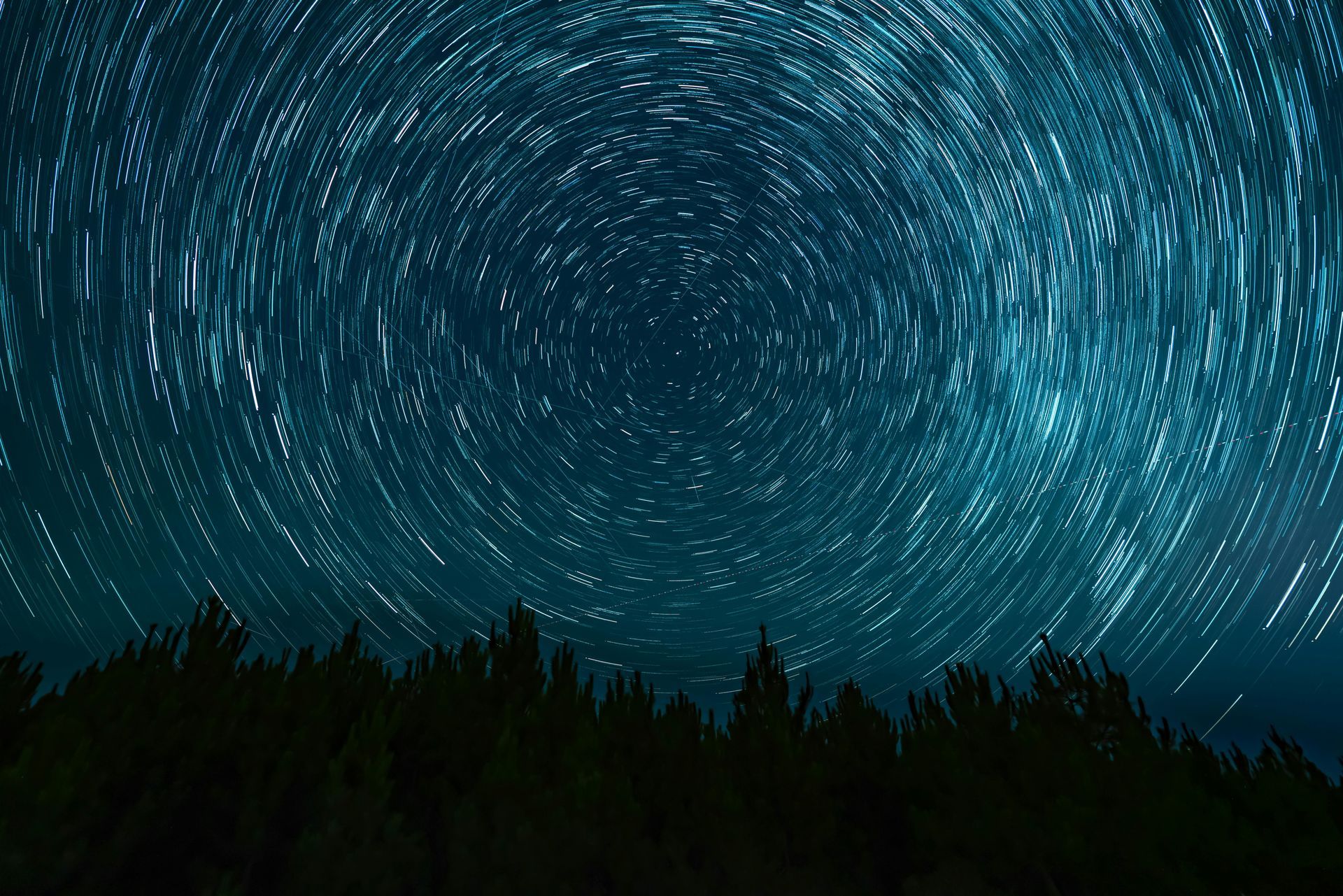Maximizing ROI with Drone Videography in Real Estate and Beyond
Maximizing ROI with Drone Videography in Real Estate and Beyond

Maximizing ROI with Drone Videography in Real Estate and Beyond
Drone technology is revolutionizing industries by offering unique aerial perspectives that
were previously unattainable without the use of costly and cumbersome equipment.
In fields ranging from real estate to event coverage, the ability to capture high-quality,
engaging aerial footage is not just an enhancement—it's transforming how businesses
showcase their offerings.
The Advantages of Drone Videography
The allure of drone videography starts with the quality and uniqueness of the visuals it can
produce. Unlike traditional ground-based cameras, drones can soar to great heights and
maneuver into positions that o@er compelling angles and sweeping views of landscapes,
properties, and events.
This capability not only enriches the visual appeal of the footage but also provides a more
comprehensive overview of large and complex scenes, which is invaluable in real estate
and commercial advertising. The ability to capture diverse angles, such as a bird's eye view
or a slowly rising aerial shot, can give audiences a cinematic experience, adding dramatic
flair to even the most straightforward visuals.
Cost-Effectiveness
Incorporating drone technology often results in a significant reduction in costs associated
with capturing aerial footage. Traditionally, achieving aerial views required hiring
helicopters or arranging for elaborate setups with cranes and rigs.
Drones eliminate much of this expense, offering a more affordable yet equally effective
solution. They require less personnel and can be deployed quickly, reducing both time and
labor costs. Additionally, the minimal need for disruptions during filming makes drones
ideal for projects on a tight budget or schedule, ensuring that production does not interfere
with daily business operations.
Versatility and Reach
This versatility makes drones an indispensable tool in many sectors, providing a consistent
and reliable means to obtain high-quality footage. Their small size and maneuverability
also allow them to access areas that are otherwise difficult or impossible to reach, such as
tight urban spaces or remote natural locales, thus opening up a world of possibilities for
creative and impactful storytelling.
Drones are not limited by the constraints of physical access or the complexities of shooting
in diverse environments. They can be used to film high-resolution video in a variety of
settings—whether capturing the sprawling layout of a real estate property, the bustling
activity of a tourist resort, or the dynamic scenes of a corporate event.
Drone Videography in Real Estate
Enhancing Property Listings Using drone footage can transform property listings from
simple showcases to immersive, engaging experiences. Aerial videos allow potential
buyers to view a property in its entirety, including the surrounding landscape and
neighborhood, which is often a critical selling point.
This comprehensive perspective helps listings stand out in a crowded market, making them
more likely to capture interest and prompt inquiries.
The use of drones also facilitates the production of more dynamic virtual tours. Prospective
buyers can experience a seamless flight through different areas of the property, gaining a
better sense of the space’s flow and the functionality of its layout. This can be particularly
advantageous when marketing large estates or properties with unique features that are
difficult to capture fully from the ground.
Attracting More Buyers Statistics show that listings with aerial imagery attract more views
and spend less time on the market. By providing potential buyers with a better
understanding of the property’s layout and the area surrounding it, drone videos increase
the likelihood of attracting serious inquiries.
This visual appeal can be particularly effective in luxury real estate, where the uniqueness
and desirability of a property are enhanced by stunning aerial showcases.
Furthermore, drone videography can highlight aspects of a property that are invisible or
less impressive from the ground, such as rooftop amenities, the expanse of a backyard, or
the integration of a home into its natural surroundings. This can add a layer of luxury and
exclusivity to the listing, appealing directly to the high-end market segment that values
uniqueness and comprehensive detail in their potential investments.
Expanding Beyond Real Estate
Drones offer a dynamic and innovative way to produce commercials and advertisements.
They can create captivating, cinematic footage that engages viewers and helps convey a
story or message in a memorable way. Whether it’s a car driving along a picturesque road
or a panoramic view of a new resort, drone footage can add a layer of excitement and
sophistication to commercial ads.
Event Coverage
From festivals and concerts to sports and corporate events, drone videography can capture
large-scale occurrences from perspectives that truly showcase the magnitude and energy
of the event. This footage not only enhances promotional materials but can also add value
to event recaps, providing attendees and sponsors with a unique view of the activities and
interactions that took place.
Environmental and Large-Scale Monitoring
In sectors like agriculture, construction, and environmental management, drones are key
for monitoring large areas efficiently.
They provide crucial data that can be used for everything from tracking crop health and
growth to inspecting construction sites and assessing environmental restoration efforts.
The ability to gather this data regularly and reliably is invaluable for maintaining oversight
on large-scale projects and initiatives.
Legal and Ethical Considerations
Drone usage brings with it a variety of legal and ethical considerations that must be
navigated carefully to ensure compliance and respect for privacy. Each country, and often
individual regions within them, has its own set of laws and regulations governing the use of
drones.
These rules may cover aspects such as altitude limits, no-fly zones, and requirements for
pilot certification. Ethically, operators must be vigilant about not infringing on individuals'
privacy, which could occur if drones capture footage where privacy expectations are high,
such as in residential areas or private events.
Discussing safety measures is also crucial, emphasizing the importance of following
guidelines that prevent accidents and ensure public safety.
As drone technology becomes more pervasive, the complexities of legal and ethical issues
also expand. For example, in urban environments, the use of drones for videography must
navigate not only national aviation regulations but also local ordinances that might restrict
drone flights in densely populated areas to prevent accidents and disturbances.
Ethically, the expansion of drone use in sensitive areas such as wildlife reserves requires
operators to balance the need for footage with the potential for disrupting natural habitats
and behaviors.
Furthermore, with the increasing ability of drones to collect data, issues around data
protection and the potential for surveillance need to be addressed, ensuring that drone
operations do not encroach on public or individual privacy without clear consent and legal
justification.
Implementing Drone Technology
For businesses considering the adoption of drone technology, starting with a solid plan is
essential. This includes understanding what type of drone fits the business needs based on
factors like camera resolution, flight stability, battery life, and operational range. Deciding
between hiring experienced drone operators or training existing staff is another crucial
decision.
Training requires an initial investment but can be cost-effective in the long run. On the other
hand, hiring professionals offers immediate expertise and potentially quicker deployment.
Details on necessary certifications, insurance, and other preparatory steps will also be
covered to help businesses make informed decisions and implement drone technology
effectively.
The Strategic Edge of Drone Videography
Drone videography is not just a technological innovation; it's a strategic asset that can
elevate a variety of industries—from real estate to environmental monitoring. By
harnessing the unique capabilities of drones, businesses can achieve more engaging, cost
effective, and comprehensive visual content.
Whether you're looking to enhance property listings, create captivating advertisements, or
cover grand events, drones offer a perspective that enriches viewer experience and
broadens the scope of what's possible. However, the journey doesn’t stop at deployment.
Navigating the legal landscapes and ethical considerations is paramount to harnessing the
full potential responsibly. For firms ready to invest in this dynamic tool, the benefits are
clear: drones not only deliver impressive ROI but also keep you a step ahead in the
competitive market. The future of visual storytelling is soaring to new heights—make sure
your business is flying high with it.

